Green Belt release in Wirral ‘worst case scenario’, says council
Wirral Council has overhauled the list of sites that could be used to meet its target of 12,000 homes over the next 15 years, describing Green Belt release as a “worst case scenario” in the ongoing creation of its Local Plan.
The council is set to sign-off an ‘issues and options’ document to go out to public consultation later this month, which outlines the sites for inclusion in its draft Local Plan.
A statement from the council described the 12,000-home target as “tough”, however in response to public outcry regarding the previously proposed release of Green Belt, “our preferred option is to do this through urban sites, but it will not be easy”.
While an earlier version of the document, released in 2018, suggested that 50 Green Belt sites be released, the latest iteration prioritises building only within urban areas or on brownfield land, with a particular focus on sites within Birkenhead town centre, Wallasey, and Peel’s Wirral Waters, which has consent for 13,000 homes.
Cllr Anita Leech, cabinet member for the Local Plan, said the council was doing “everything in [its] power” to protect the Green Belt.
Placing responsibility for delivery of new homes on the shoulders of the private sector, Cllr Leech added: “Many of these sites are privately owned and the council is working with landowners and developers to ensure all potential locations are made available and delivered.
“We are now relying on developers and key regeneration partners to deliver the new homes they have told us they can provide, because if they don’t, it will place our precious Green Belt at risk.”
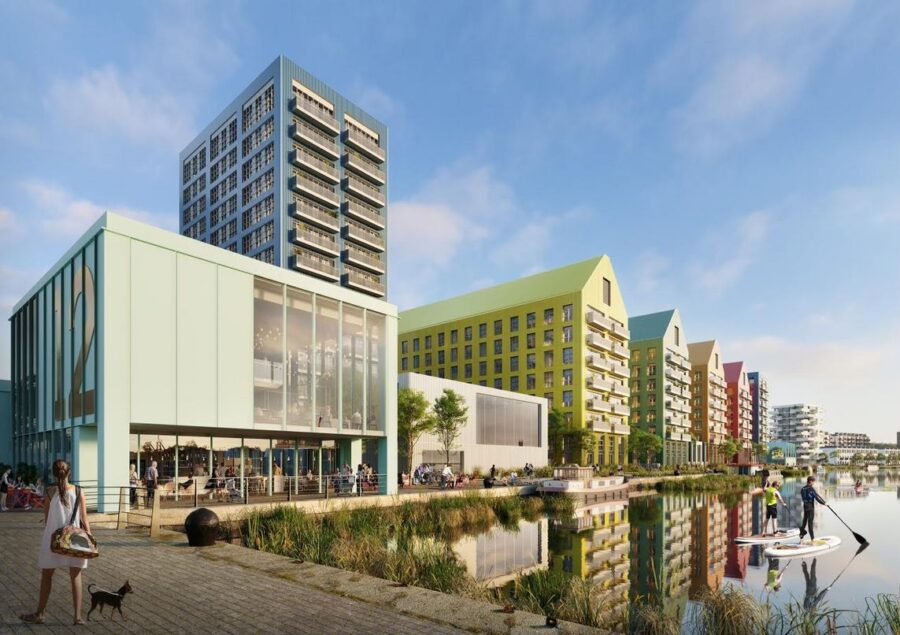
Schemes at Wirral Waters include Wirral Waters One, a 500-apartment project being delivered by Legacy
While avoiding Green Belt release is a vote winner, members of the development community have suggested delivering Wirral’s housing numbers would not be possible on solely brownfield or urban sites.
Wirral Waters has consent for 13,000 homes, however these are predominantly apartments, and the home types required in the borough are mainly houses.
The options document details the types of homes required by Wirral, made up of 60% houses and 18% bungalows, alongside 21% flats. Around 60% of the total properties delivered are required to be three or four bedrooms, targeted at families.
The council itself has acknowledged that avoiding Green Belt release is a major challenge; the document highlights a potential shortfall of 2,500 homes if urban sites cannot be developed due to “potentially uncertain viability or land contamination issues”.
The council insists this is “the worst case scenario” as “release of Green Belt is not and never would be the council’s preferred choice”.
However if other options are not explored, the council risks the Local Plan being declared unsound by a planning inspector because a solid pipeline of sites deliverable in the next five years would not be in place.
The two other options to be set out for public consultation would involve Green Belt release, however the number of sites are significantly fewer than the number previously proposed, dropping from 50 to 12.
The first option suggests the release of 370 acres of Green Belt, centred around plots in Irby with capacity for 1,200 homes, alongside 470 homes in Thingwall, and 360 in Bromborough.
The second Green Belt release option would be the opening up of one large site at Barnston Road in Heswall, a 350-acre chunk which could hold 2,600 homes.
At a Place North West event in November, Cllr Pat Hackett, leader of Wirral Council, promised that there would be no Green Belt release in the Local Plan, a surprise to many developers at the time, which had been in discussions with the council regarding the release of their sites as part of the earlier draft.
The process behind Wirral’s Local Plan has already proved controversial. The council faced Government intervention at the start of 2018 due to no plan being in place. Wirral was set a target of 12,000 homes by 2035, equating to 800 a year, which caused the council to hit back, describing the Government’s involvement and calculations as “dead wrong”.
While the council remained vocally against Green Belt release, blaming the Government’s flawed housing calculations for forcing high numbers, the draft development options for the Local Plan released in July 2018 outlined the 50 Green Belt sites for development.
A meeting of Wirral Council next Monday is set to approve the options document to go out to public consultation. A draft of the Local Plan is due to be published in June 2020.
The Wirral Local Plan development options document can be viewed in full here


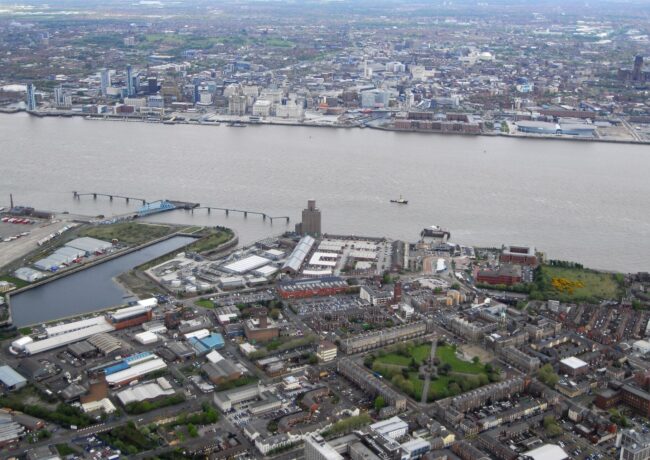
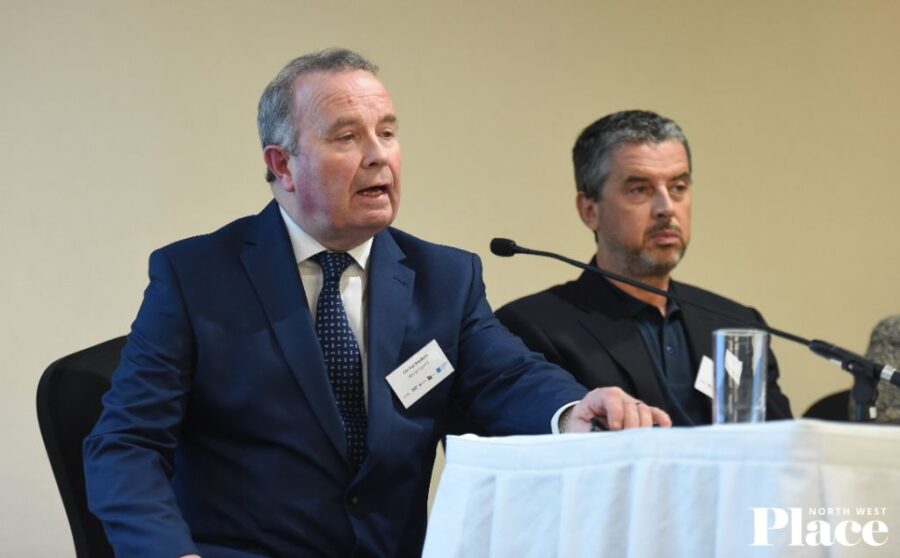
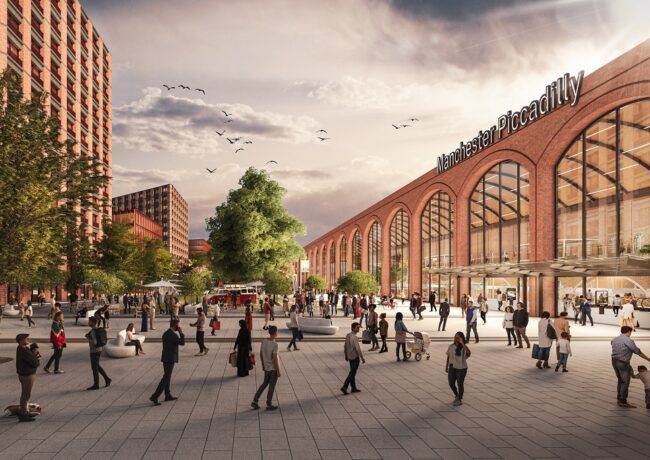
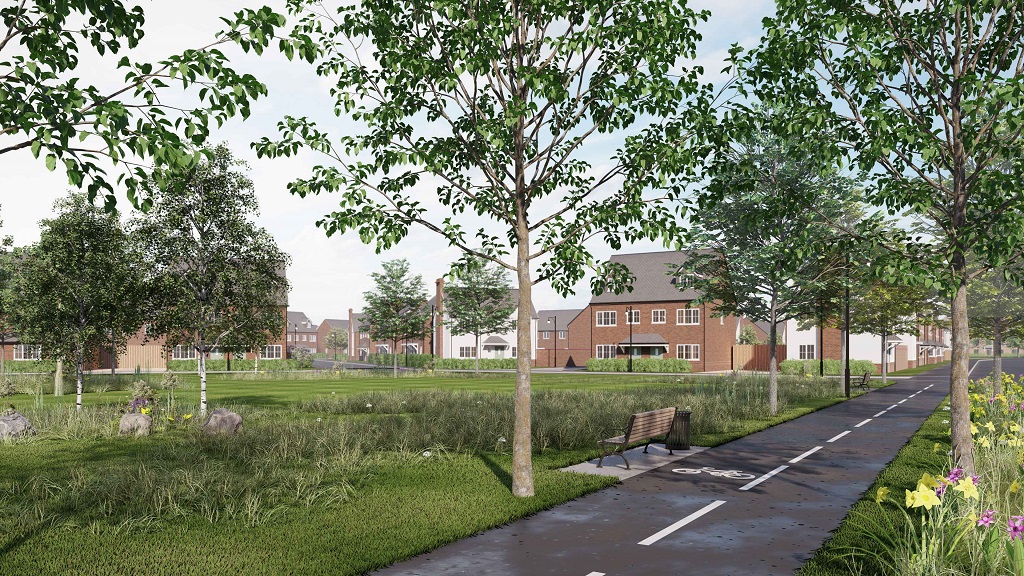
About time that reality took hold of this situation!
There is no need for 12000 homes on the Wirral and certainly no need to release any greenbelt.
There is simply not the jobs or infrastructure to support this ridiculous number. The Wirral is Peninsula with Water on three sides, it should not have to conform to the same tests and calculations as it isnt the the same as Manchester or London.
Anyone who actually knows the area is well aware of the true problems the Wirral faces, more housing isnt one of them. The main issues we face is the lack of an urban centre due to the running down of Birkenhead. Wirral Waters will be the best we can hope for to reverse this and create a centre that will hopefully one day attract new business.
The idea of releasing greenbelt is purely one of greed from property developers who couldn’t give a toss about the Wirral or what adding houses on greenbelt would mean to local communities. Irrespective of this there are far too many other constraints which should have ruled out these greenbelt sites long ago, most contain SSSI and ancient woodlands, others are also high grade agricultural land which contain and border nature reserves.
Wirral does have a lot of brownfield sites and these must be prioritised first irrespective of profit margins. The road network on the Wirral cannot cope as is and options for expansion are very limited. The true cost of developing a greenbelt site on Wirral goes far beyond just the site itself which isnt being properly accounted for.
No mention here either regarding the Wirrals ageing and decreasing population?
Well done Pat for listening to the Residents of the Wirral and defending what value the most on the Wirral, our Greenbelt, the Jewel in its crown.
By M Thomas
No Inspector is going to sign off on a Local Plan that leaves the delivery of circa 2,500 homes questionable over the plan period and no headroom. Plans need to provide land for *at least* the identified housing requirement.
Putting forward a plan that questionably provides for only the absolute minimum is setting yourself up to fail.
At best the Council are being ignorant. At worst the Council are intentionally following this route so they are forced into a position to increase Green Belt release by the Inspector, at which point they can paint them as the bad guy.
By DefinitelyNotNWP
The greenbelt must remain as is. We have no need for 12000 additional houses on the Wirral. There are no large providers of jobs anymore in this area and everyone who lives here commutes away from the Wirral everyday.
If you must build here use the vast swaths of wasteland and brownfield sites that are situated by local infrastructure, but never greenbelt.
There is now only one hospital A&E on the Wirral and fewer schools than 20 years ago. It is true that the population of the Wirral is decreasing and ageing, perhaps the reasons for this should be addressed first before trying to shoehorn in an extra 12000 houses.
We need more schools, another hospital, an improved road network, expansion of the railway line that serves west Wirral, but none of this should ever be at the expense of our greenbelt.
Concentrate on rebuilding Birkenhead before thinking about building all over the Wirral. This area is in desperate need of investment and better quality affordable housing
By G Davies
Leave aside Greenfield/belt vs brownfield these respondents seen very sanguine about affordability. Affordability comes not just from building more affordable housing it comes from building more market-rate housing in aggregate. I presume they want Liverpool city region to continue to grow economically, but somehow not generate more demand for housing in the Wirral.
By Rich X
NIMBYS and their selfish views. My wirral this, My wirral that, what about the next generation?
By Realist
Deluded to think that GB release is not required.
This is being done to allow the inspector to take the blame when the plan is thrown out at that level and GB release is forced. Politics.
By Anonymous
With reference to these identified “urban intensification sites” one has to ponder why they haven’t been developed in the past 20 years. The Council may argue they are ‘developable and deliverable’ but there is no evidence to support this. They are simply saying they hope to provide this evidence in the future. That’s simply not good enough. Either produce sufficient evidence or provide a genuine Green Belt assessment – the majority of suggested Green Belt release sites will never be supported because they’ll lead to the merging of settlements.
So incredibly disappointing to see that this is what has been produced after all this time.
By Anonymous
Deluded is thinking Wirral needs 12000 houses! Why not take a look at the delivery rates over the past 10 years and how long new homes take to sell on the Wirral, there is no demand!
By Barry
I think the key is Wirral needs its own economic centre which it does not have. Wirral Waters is actually its best chance with a developer who has a proven record of turning areas around. Wirral Waters is solely built on Brownfield as well so not sure where the affordability argument comes from. Its is achievable as is already being delivered
By Anonymous
This is the correct decision for future generations, areas to live in using existing brownfield and areas for recreation and agricultural use. Those greenbelt sites are responsible for cleaning the air in and around Wirral and beyond, killing off this valuable asset is just stupid and wont help future generations as they will suffer from elevated levels of contaminants and pollutants in the air.
A real shame WBC have gone with the higher figure of 12000 using unrealistic growth figures, The assessed ‘need’ from Liverpool University commissioned studies was less than 6000.
By D Cashin
Lets not confuse intensively farmed land with the natural environment. Agriculture, specifically the use of pesticides, can have much more dire consequences for our health and wellbeing than a few houses.
By Anonymous
Absolutely no way Wirral needs 12,000 houses now or in next 20 yrs. Population net outflow doesn’t seem to show in the official statistics of headcount.
The borough needs an urgent census and demographic review before commiting to anything. Don’t wait for the 2021 standard census, do it now!!!
New houses being built in gardens in many areas of wirral a mania for building 600k-1m homes for ‘Executives’ when no where near enough high earners live here to justify it. Commuting to Manchester/Liverpool/Chester is not an attractive option as these areas have also built a lot of new housing and people lose too much time travelling.
My personal opinion is that something very strange has happened with these figured. WHY was a professor from Liverpool University ignored when he pointed out and explained the floors in the 12,000 number (pulled from thin air on the back of questionable census numbers) that it should be well below 6,000 if not flat-line i.e no net requirement???
By A Cliffe-Stuart
Will be interesting to see the growth figures in March and there affect on the figures quoted. Its is already known that the growth figures will be lower so 12000 is already an over estimate of the ‘need’
The use of the standard method to calculate house numbers on the Wirral is questionable as it physically cannot grow like other sites due to its many physical constraints. WBC should really make these more clear to readers as its apparent many commenting here dont fully understand the constraints in this area.
By Jules
Going to be funny to see these NIMBY’s faces when the inspector throws the plan back resulting in even larger levels of greenbelt release than previously anticipated.
By Anonymous